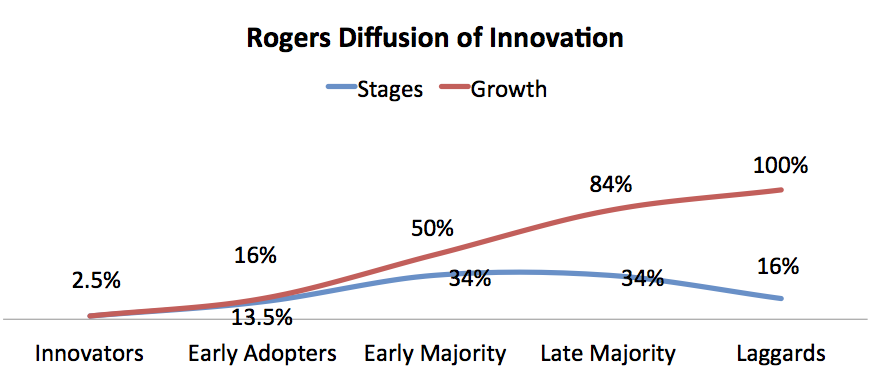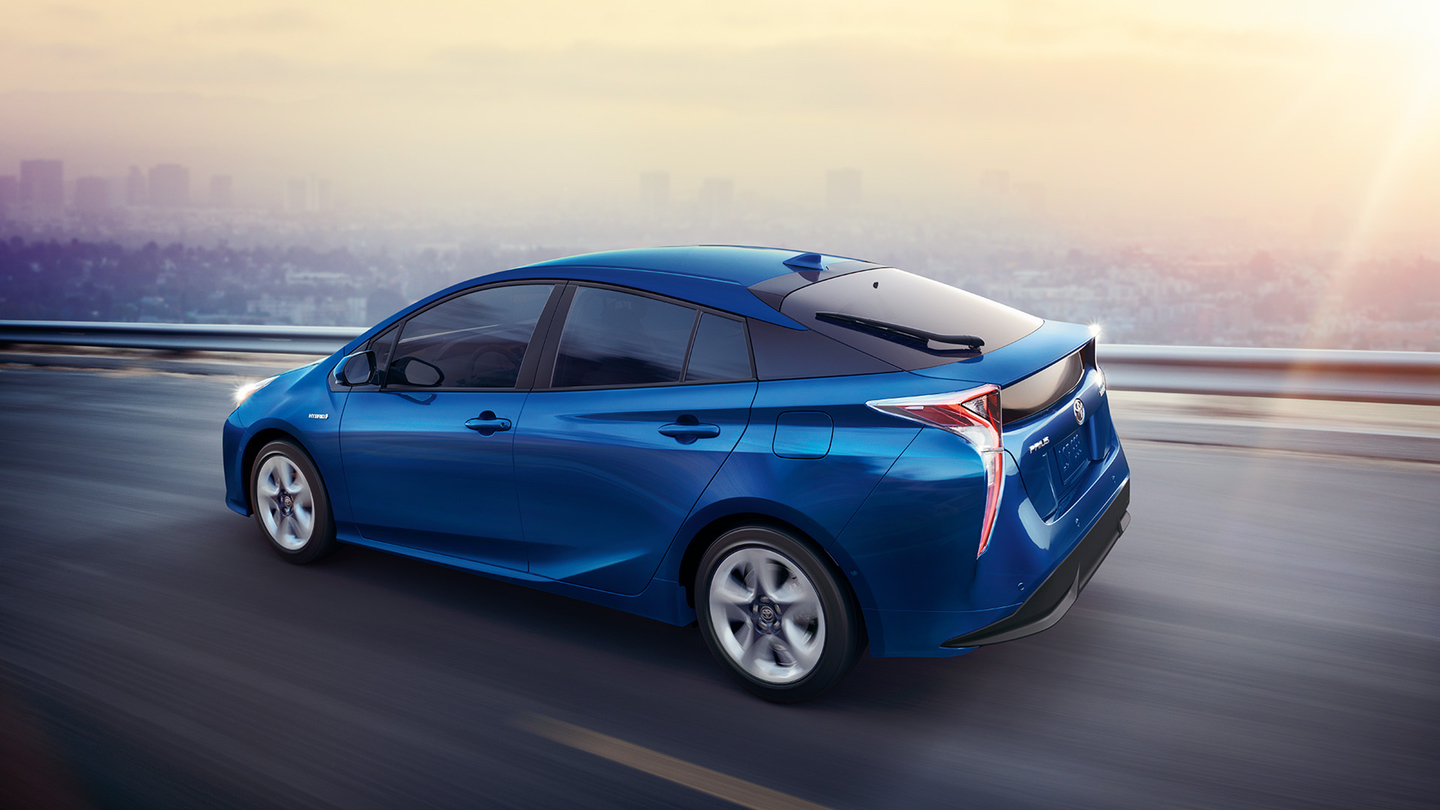In my previous post, 5 Months of Chevrolet Bolt Sales: What Do The Numbers Tell Us So Far?, I provided some insight into the Bolt sales numbers since the car’s launch in December of 2016. My core view is that while it is still early to accurately assess consumer interest in the Bolt, the 238-mile range, award-winning car should be selling better at this stage.
For me the question one has to ask: “Is GM truly serious about selling as many Bolts as possible, or is the car a trial balloon and effort to improve their ‘green car’ credentials?”
The answer is unclear, but regardless, GM has made several mistakes with the Bolt and the overarching fumble IMHO is in how they positioned the car. Of the six strategic mistakes I’ve identified, they all in essence come back to errors in positioning.
In marketing, positioning has come to mean the process by which marketers try to create an image or identity in the minds of their target market for its product, brand, or organization. It is the ‘relative competitive comparison’ their product occupies in a given market as perceived by the target market.
This is the core lesson from “Positioning: The Battle for Your Mind,“ by Al Ries and Jack Trout (1981), one of the most important and influential books in marketing and branding.
If your product or brand doesn’t own a distinct position in the minds of consumers, it will struggle to win in the marketplace, regardless of the the quality of the product.
In this 6-part series I will outline strategic mistakes I believe that GM has made with the Bolt and some potential fixes. In this part 1 I discuss the first positioning mistake of not targeting a very specific buyer.
Mistake #1: Targeting a Market Instead of a Buyer Persona: In the classic business book “Crossing The Chasm,” author Geoffrey A. Moore describes a common mistake in the early phase of a market where companies target a market or segment, instead of a customer. GM has made this potentially costly mistake.
According to GM spokesperson Fred Ligouri, the target market for the Bolt is: “Anyone shopping for a new small crossover should consider the Chevrolet Bolt EV.”
That answer supported my hypothesis. This unfocused marketing approach is destined to fail in any market, but especially in a small, emerging market where only a few percent of new car buyers are even ready to consider buying an EV.
The Bolt seemingly hasn’t been designed and priced for any specific EV buyer type or persona, but instead GM simply seemed to target consumers who would consider a long-range electric hatchback/small SUV/crossover. In its current configuration of price, model type, range, features and brand position – the Bolt is simply a hot mess from a product positioning perspective.
The Bolt is not a mass-market car. No EV is yet, nor should it be expected to be for many years as the EV market is still in the “Innovators” buyer stage. To be successful in the early phases of a new market you have to design a product strategically to meet the wants and needs of a very specific early buyer persona(s).
Fixes: Target practical, green-minded Prius and LEAF owners: Buyers of the Nissan LEAF and Toyota Prius and Prius Prime and similar models, are looking for a car that isn’t flashy or fancy. These buyers do want their neighbors to know they care about the planet, but having the coolest, sexist car is not a priority. The Bolt is arguably better looking than both and obviously crushes them in terms of range and cost per battery mile of range.
The Bolt is the perfect car to target current and potential future owners of the LEAF and Prius (hybrid and Prime versions). Target this market and the Bolt can easily own the #1 position in the mind of these practical, green-car buyers. GM should launch aggressive Prius and LEAF takeaway advertising and marketing campaigns. Since 2000, more than 1.6 million units of the Prius have been sold in the US – these hybrid owners are a perfect fit to upgrade their “greenness” to a pure electric Bolt.
These buyers of practical green cars have a proven interest in electric vehicles but have also signaled that they don’t need to drive an aspirational brand such as a Tesla or BMW. Tap into that interest and convince these drivers that it is now time to upgrade to the current state-of-the-art and practical electric car.
In part 2 of this series, I’ll look at GM’s second strategic mistake: Lack of fast charging and destination charging networks.
 Announcing the acquisition of EVAdoption by Paren →
Announcing the acquisition of EVAdoption by Paren →



One Response